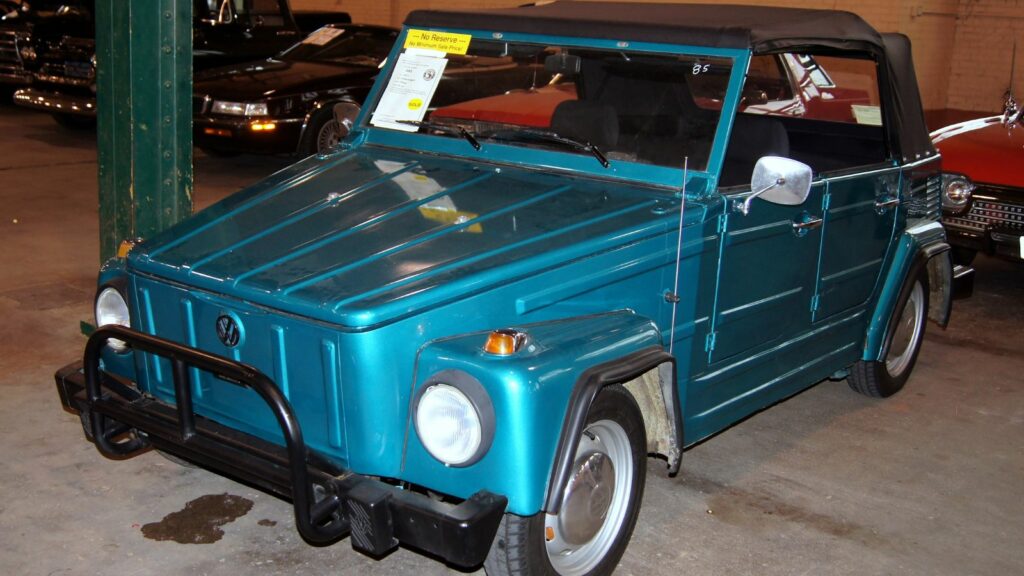The classic car world has a habit of rewriting history. Cars that were once dismissed as ugly, underpowered, or just plain weird are now celebrated as icons of design, engineering, or cultural influence. Time adds perspective, and nostalgia can turn yesterday’s mistakes into today’s treasures. Over the last decade, several once-mocked machines have gone from punchlines to prized collectibles. Here are ten classics that were laughed at in their day but now sit high on the list of vehicles collectors chase across Canada and North America.
DeLorean DMC-12
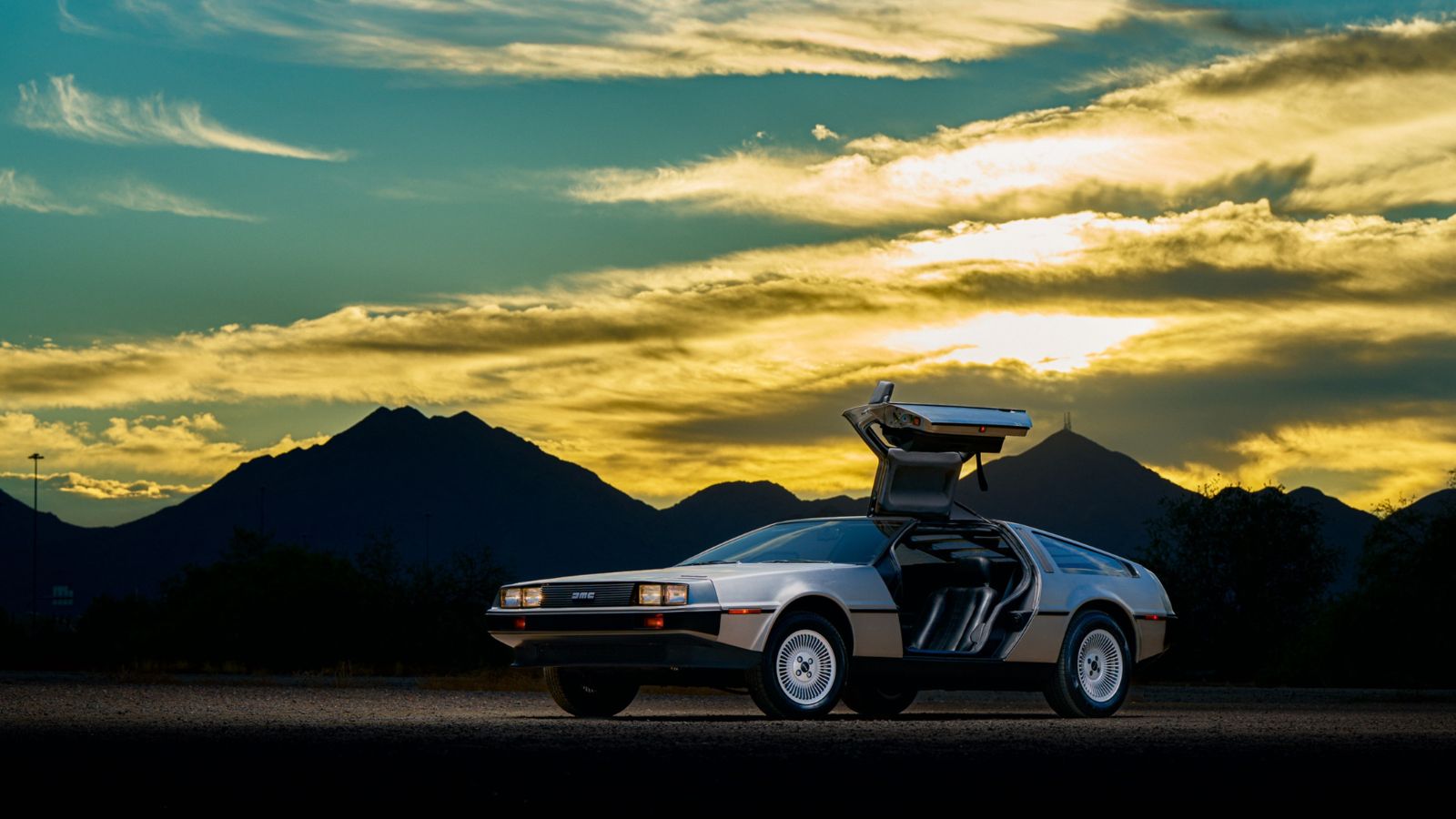
When the DeLorean hit the streets in the early 1980s, it was mocked for its lack of performance. Its futuristic looks weren’t backed up by speed, and its troubled production history, combined with the collapse of John DeLorean’s company, made it a symbol of automotive failure. But the car’s stainless-steel body and gullwing doors gave it undeniable presence. Then came Back to the Future, which turned the DeLorean into a cultural icon. Now, collectors pay six figures for clean examples, and its reputation as a slow misfit has been replaced by status as one of the most instantly recognizable classics in the world. Canadians in particular have embraced the DeLorean for its nostalgia factor, with clubs across the country dedicated to preserving them.
AMC Pacer
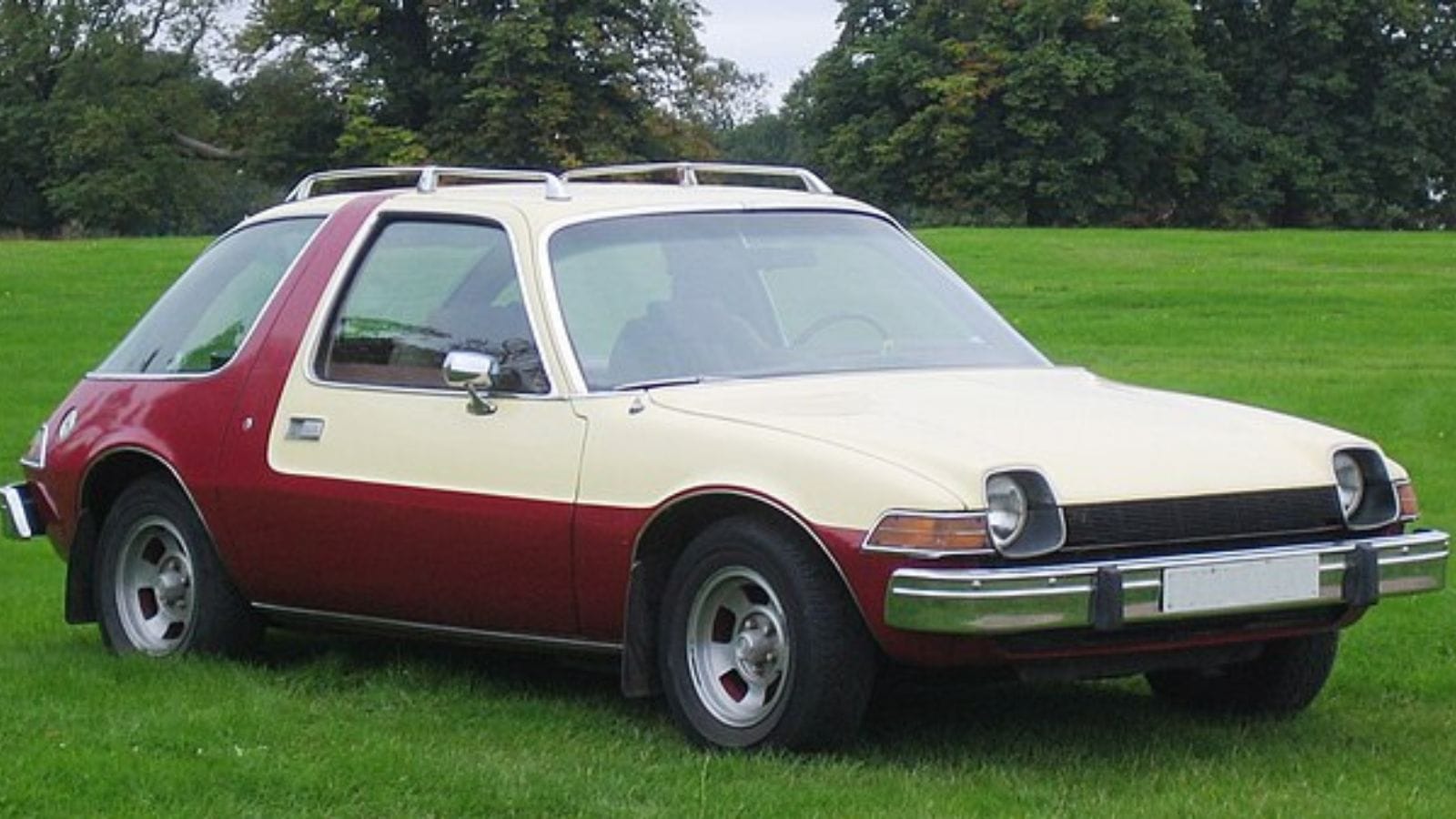
The AMC Pacer was ridiculed throughout the 1970s for its bulbous, fishbowl styling. Critics called it ugly, odd, and impractical. Yet that very uniqueness has given it new life in the classic car scene. Its starring role in Wayne’s World cemented its place in pop culture, and today its funky 70s vibe makes it a standout at shows. Collectors now appreciate the Pacer’s originality in a sea of generic sedans. Canadian enthusiasts see it as a quirky time capsule of the American automotive industry’s wilder experiments, with clean Pacers commanding surprising prices.
Volkswagen Thing
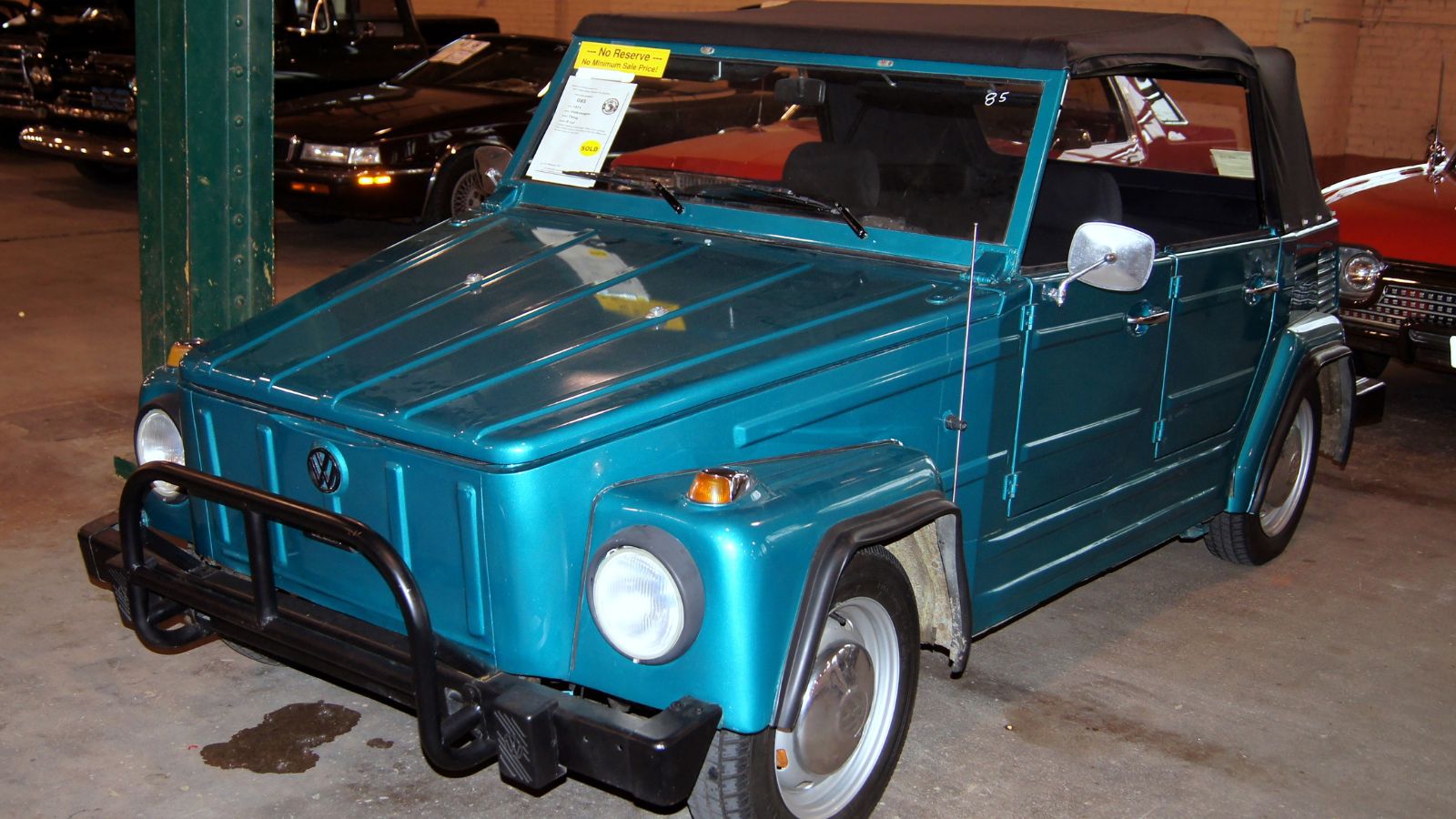
When Volkswagen launched the Thing in the 1970s, people laughed at its crude styling and military roots. It looked more like a box on wheels than a family vehicle, and many dismissed it as too strange for the North American market. Fast forward, and the Thing has become one of the coolest oddballs to own. Its removable doors and roof, rugged simplicity, and rarity have made it a hit at vintage car meets. Collectors across Canada now value the Thing as an eccentric classic that always gets attention, proving that sometimes ugly ducklings really do become swans.
Pontiac Aztek
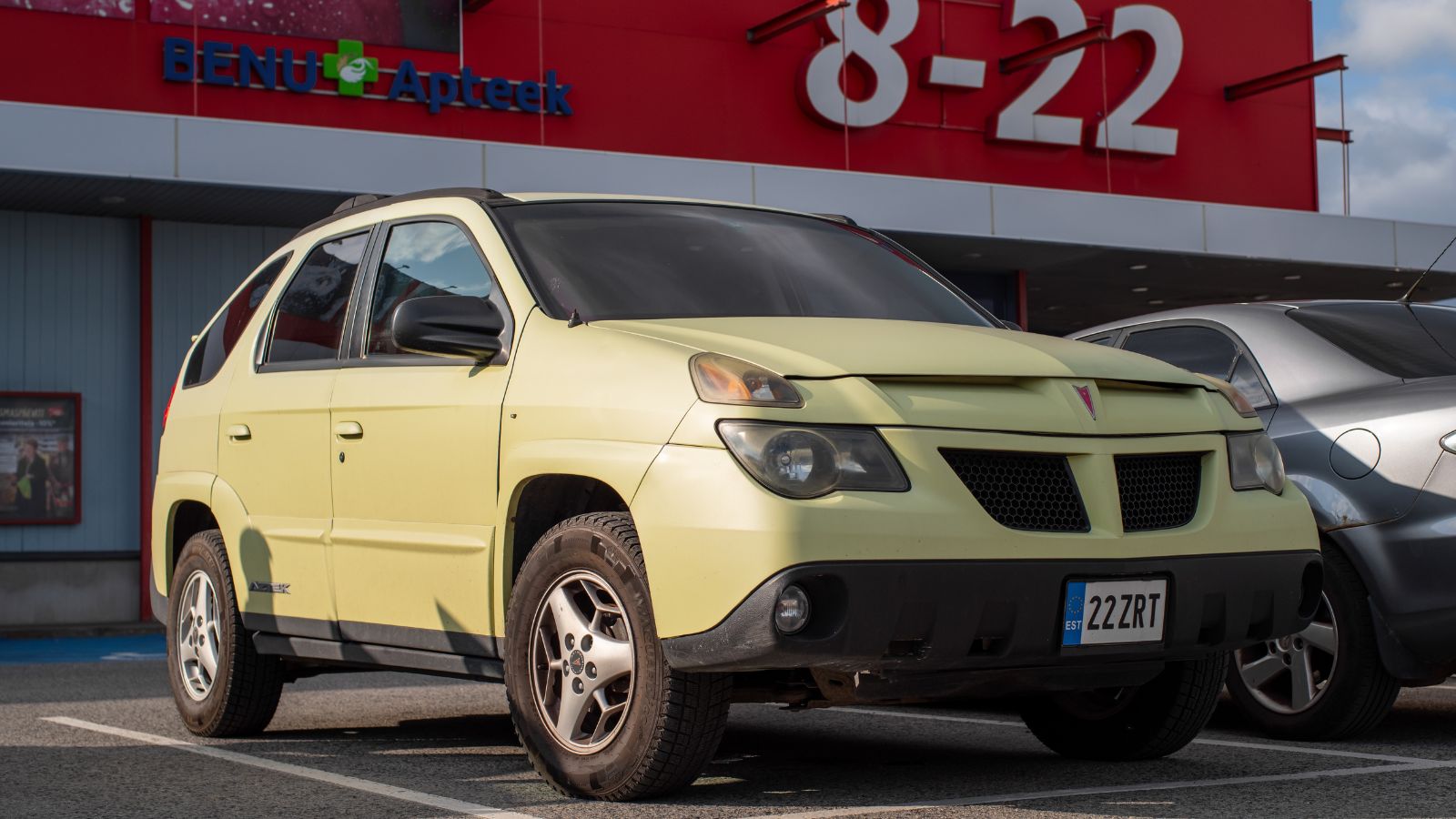
The Pontiac Aztek is one of the most infamous cars of the early 2000s. Universally mocked for its awkward, overstyled body, it became shorthand for bad design. Sales were poor, and it was considered a flop. But then came Breaking Bad. Walter White’s Aztek gave the car cult status, and suddenly collectors wanted one. What was once a design failure is now viewed as an early attempt at the crossover, a segment that dominates today. In Canada, where crossovers are everywhere, the Aztek’s newfound cult appeal has collectors hunting for clean survivors, often paying far more than they cost just a decade ago.
Ford Pinto
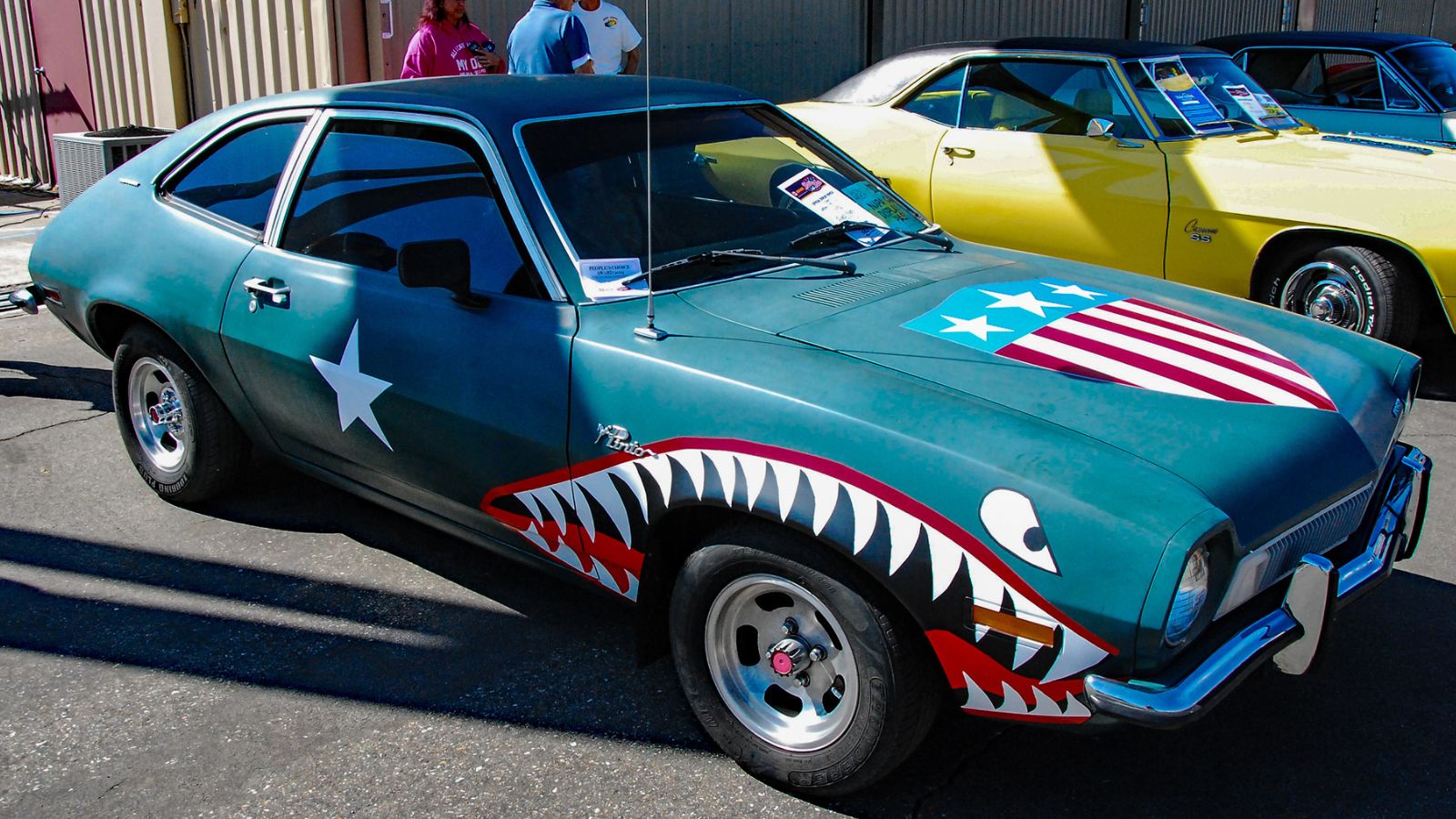
The Ford Pinto was once the punchline of automotive jokes, infamous for its tendency to catch fire in rear-end collisions. For decades, it was considered one of the most embarrassing cars Detroit ever built. Yet today, the Pinto has carved out a niche among collectors. Clean survivors are rare because many were scrapped, and enthusiasts now see them as important pieces of 1970s automotive history. At Canadian car shows, Pintos often attract curious crowds who remember the controversy but also appreciate their role in shaping safety reforms. What was once a rolling disaster has become a collectible oddity.
Yugo GV
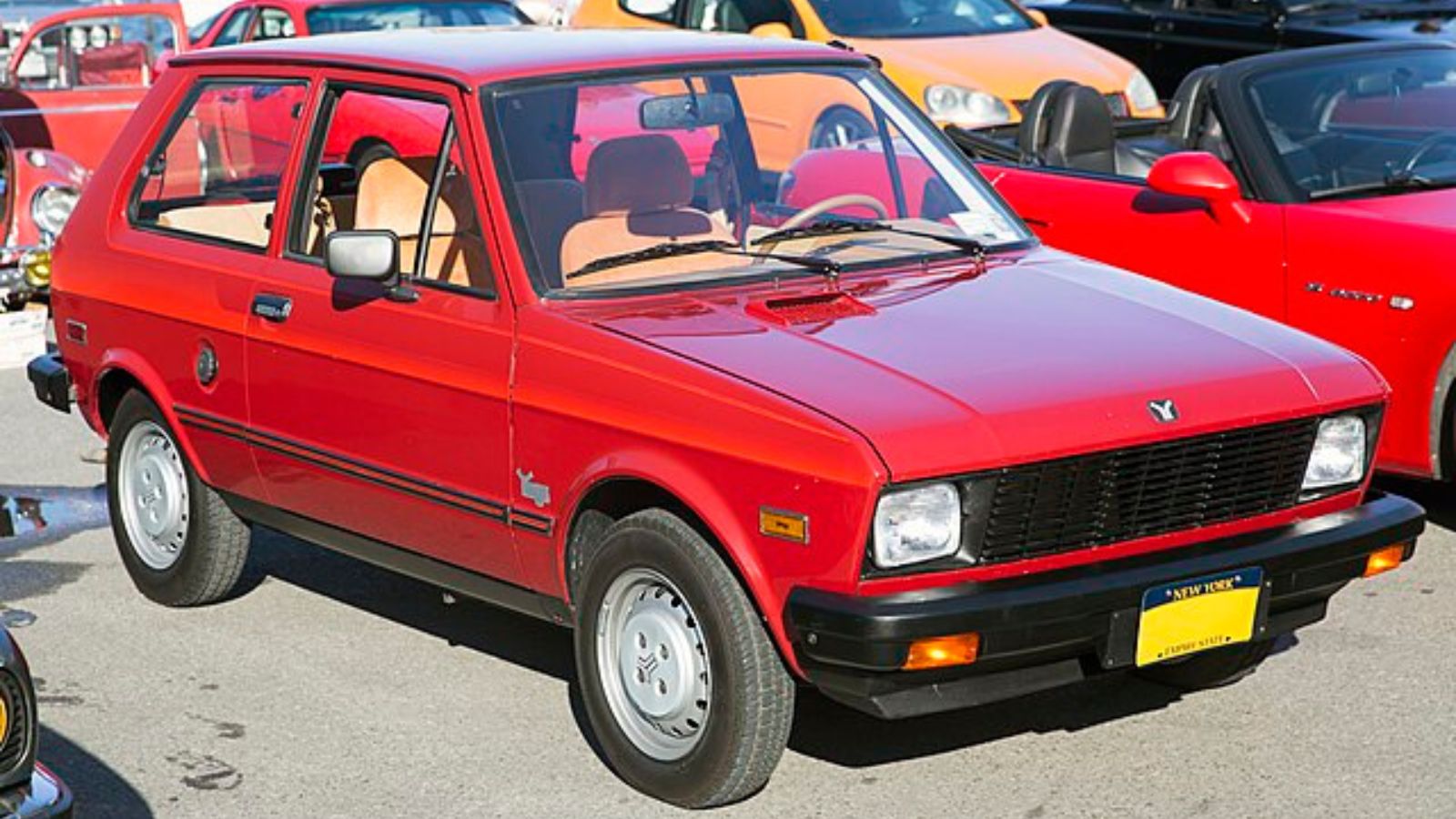
The Yugo GV arrived in North America in the 1980s as the cheapest new car you could buy. It was ridiculed for poor build quality, weak engines, and constant reliability issues. For years, it was a byword for “bad car.” But scarcity and irony have turned the Yugo into a collector’s item. People now seek them out as conversation pieces, enjoying their infamy as much as their simplicity. In Canada, where few Yugos were originally sold, surviving examples are particularly rare and therefore even more collectible. Owning one today is less about performance and more about having a piece of automotive folklore in the garage.
Dodge Charger Daytona / Plymouth Superbird
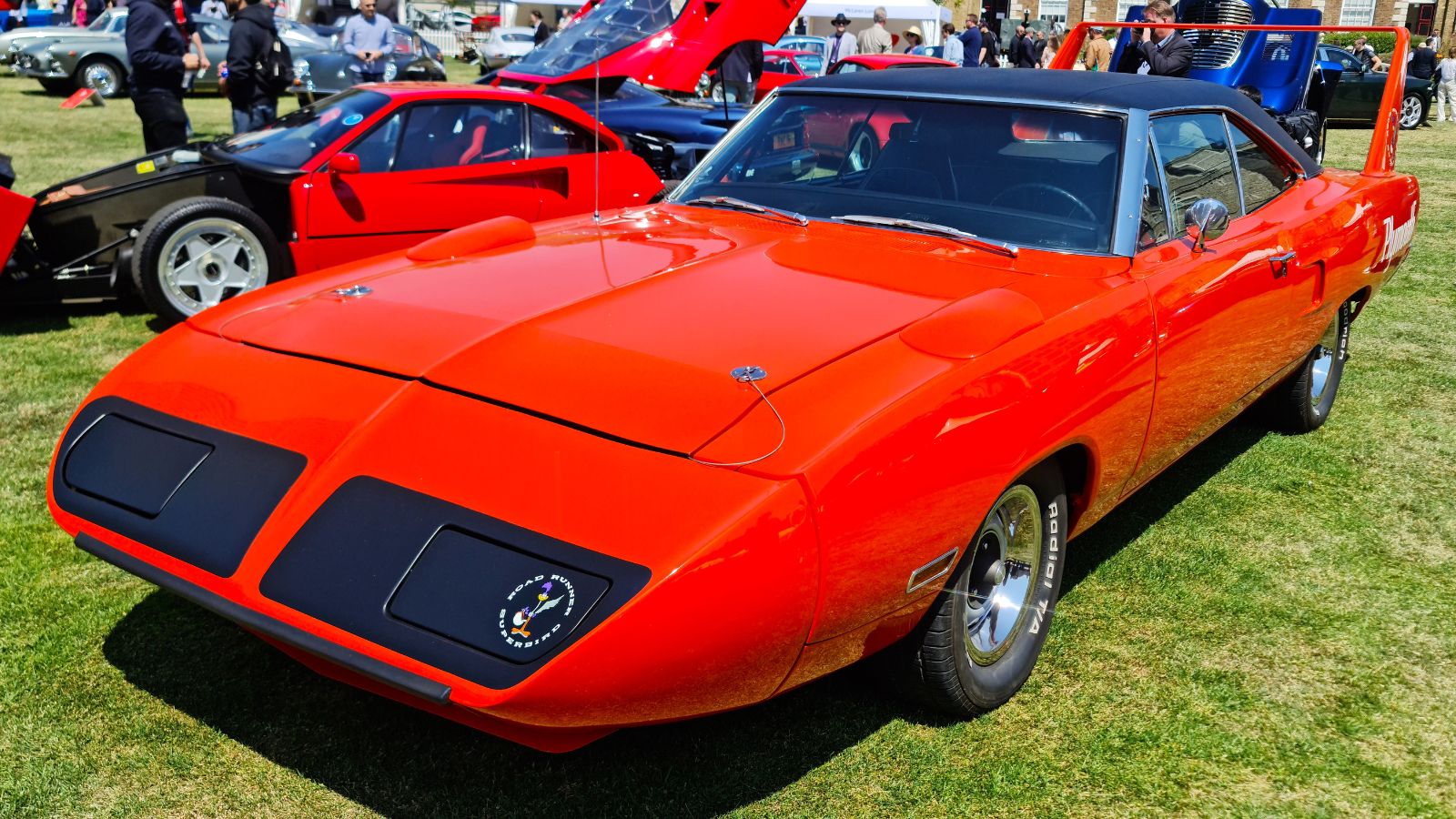
When these aero cars debuted in 1970, the towering wings and pointed noses were ridiculed. Dealers couldn’t sell them, and many sat unsold for months. People laughed at their cartoonish proportions and dismissed them as impractical for the street. Today, they’re among the most valuable muscle cars on Earth. Their NASCAR pedigree and rarity have driven values into the millions for HEMI versions. Canadian muscle car enthusiasts who once ignored them now pay top dollar to import and restore these winged wonders, a complete turnaround from their humble and ridiculed beginnings.
Cadillac Cimarron
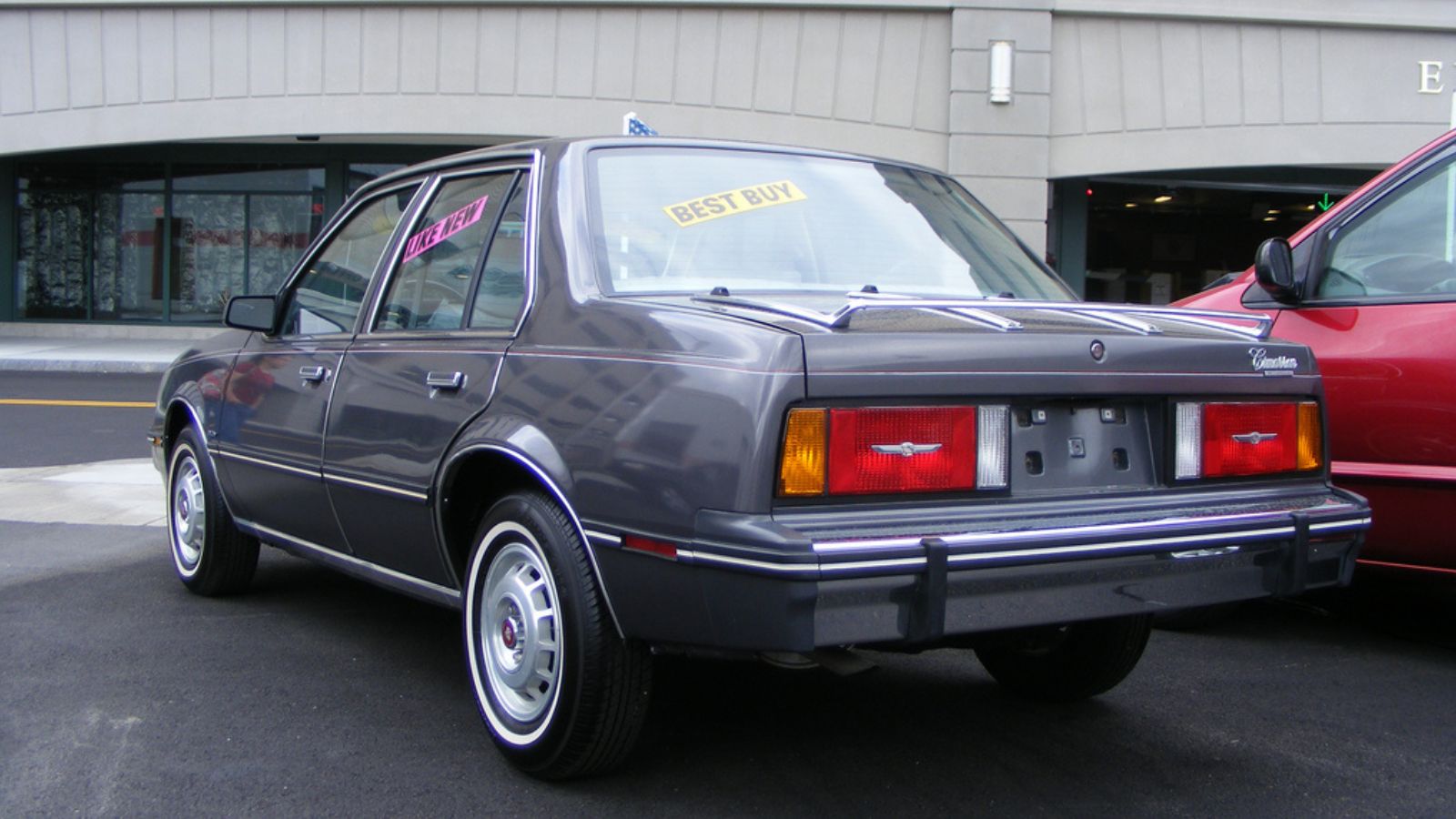
In the 1980s, Cadillac tried to enter the small luxury market with the Cimarron. Essentially a lightly reworked Chevy Cavalier with a Cadillac badge, it was blasted as a cynical rebadge job and became a symbol of GM’s decline. Buyers stayed away, and the Cimarron’s reputation tanked. Today, however, collectors of quirky 80s cars are hunting Cimarrons as rare oddities. They represent an unusual chapter in Cadillac history, and their scarcity has given them appeal as a collectible curiosity. At Canadian shows, a Cimarron draws smiles, laughs, and plenty of stories — which is exactly why collectors want them.
Subaru Brat
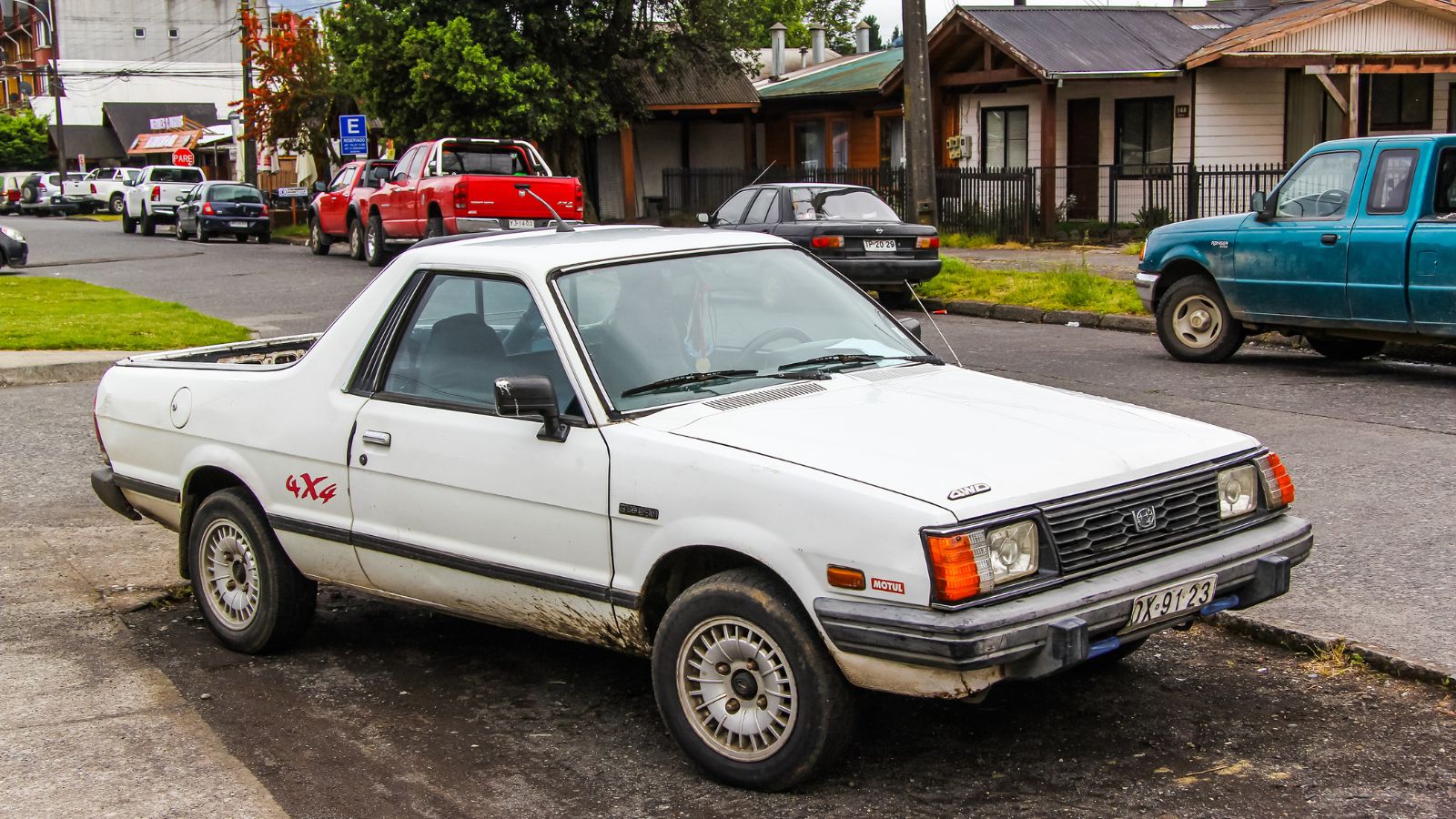
The Subaru Brat was a compact pickup that came with rear-facing jump seats bolted into the bed — a design that seemed ridiculous when it arrived in the late 1970s. Critics mocked it, and it sold in limited numbers. Now, those jump seats and quirky design have made it a cult classic. The Brat combines Subaru’s early rugged charm with offbeat practicality, and collectors love its uniqueness. In Canada, where compact pickups are fondly remembered, the Brat is enjoying a surge in value, with enthusiasts paying a premium for original examples.
Volkswagen Beetle (Classic)
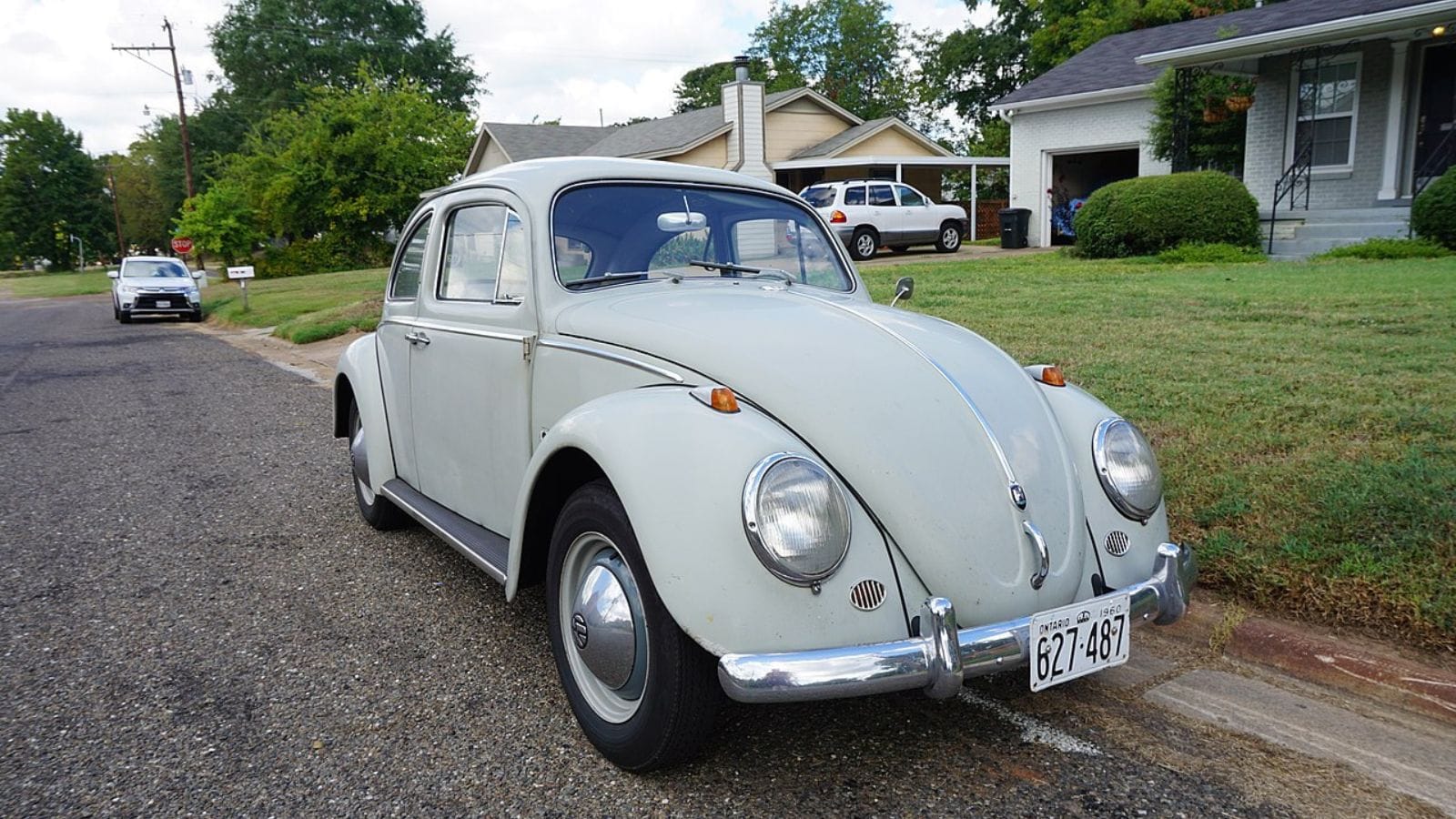
It may sound strange today, but the Volkswagen Beetle was once mocked in North America. In the 1950s and 60s, drivers accustomed to big V8-powered sedans laughed at its tiny size, quirky shape, and modest power. It was dismissed as cheap and foreign. But as the decades rolled on, the Beetle became one of the most beloved cars of all time. Affordable, reliable, and charming, it captured the hearts of millions. Now, early Beetles and rare versions like the split-window or convertible are hot commodities among collectors, including Canadian buyers who appreciate its role in shaping automotive culture.
25 Facts About Car Loans That Most Drivers Don’t Realize

Car loans are one of the most common ways people fund car purchases. Like any other kind of loan, car loans can have certain features that can be regarded as an advantage or a disadvantage to the borrower. Understanding all essential facts about car loans and how they work to ensure that you get the best deal for your financial situation is essential. Here are 25 shocking facts about car loans that most drivers don’t realize:
25 Facts About Car Loans That Most Drivers Don’t Realize
